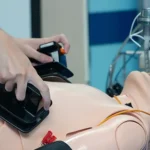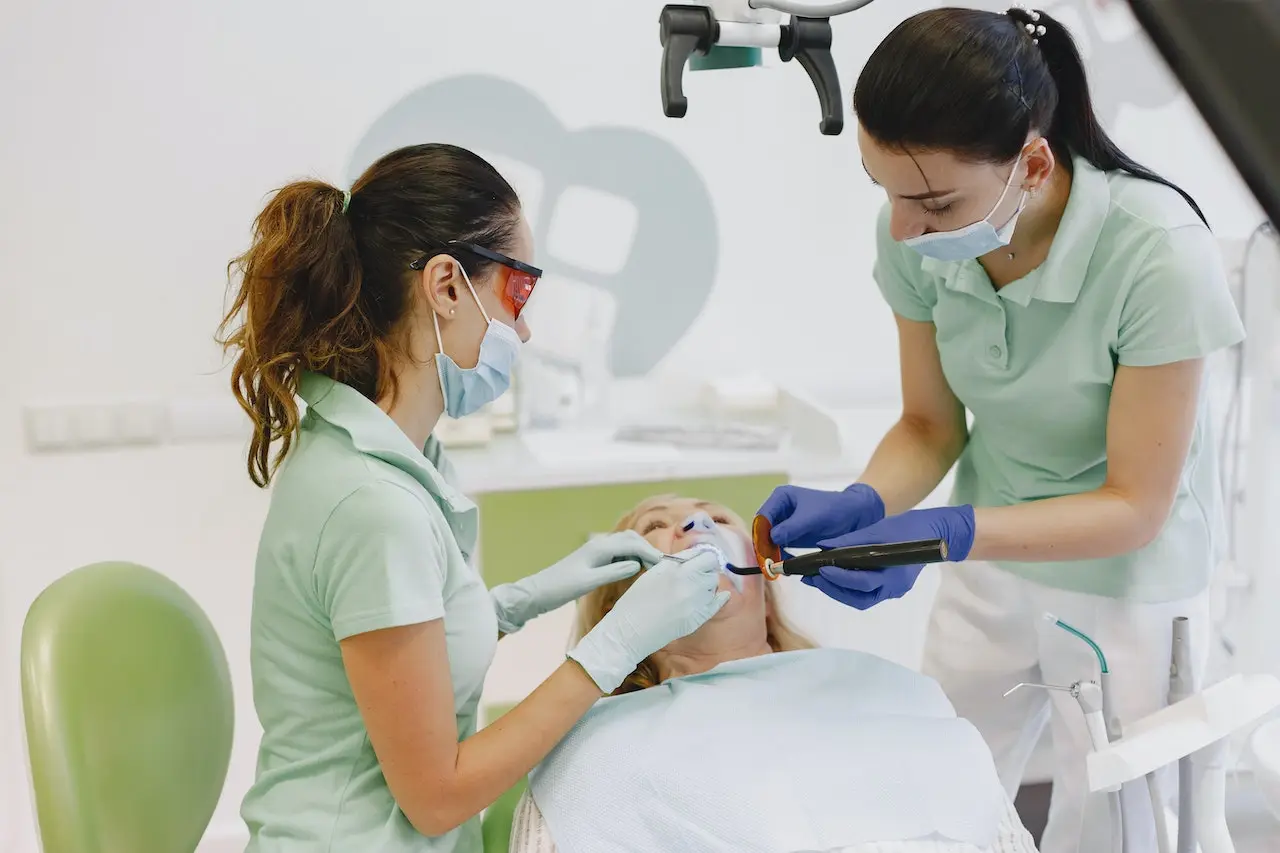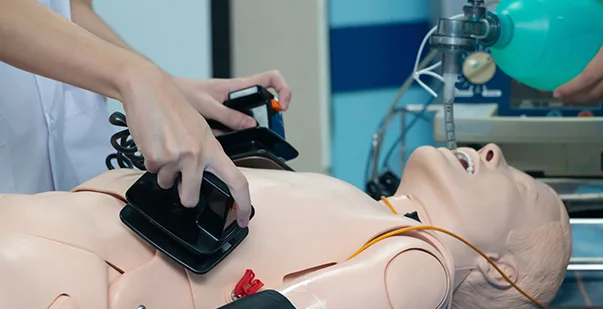CPR, or cardiopulmonary resuscitation, is a procedure that can save a person’s life in case their heart stops working. It combines chest compressions and breaths that help keep blood flowing to the person’s brain and other vital organs.
Every staff member must update their knowledge on CPR requirements for dental offices and knows how to use an automated external defibrillator (AED). This is because dental treatments involving drills can make a person’s heart go into panic or student cardiac arrest. Having someone trained in CPR can help the dental staff to save a patient’s life when someone is gasping, choking, or going through a sudden cardiac arrest.
To become certified in CPR, a person can take an online CPR certification class from the American HealthCare Academy and pass the test. The class teaches the proper techniques for giving chest compressions and breaths and how to use an AED.
Dental office staff members who are certified in CPR must also be recertified every two years to make sure they are still trained and can perform the procedure correctly. This is to ensure that everyone working in the dental office knows how to help patients if they have an emergency.
So for dental offices to have an updated emergency plan, there are things they need to keep in mind. The checklist of these things is below for better understanding for anyone who wants to learn CPR online for free.
Top 5 things to know when working in the high risk environment
When you’re working in a high risk environment it’s important to be extra careful and keep everyone around you safe. Here are some safety tips to keep in mind to help you stay risk free in such an environment:
1. Follow all safety rules
If you’re working in a place where there are rules to keep people safe, make sure you follow them all the time, even if you think they’re not necessary. It’s better to be safe than sorry.
2. Wear the right gear
Different jobs might require you to wear special clothes or equipment to keep you safe. Make sure you have the right gear and wear it all the time. It is, in fact, a very notable point when you are working in a dental office. You must have the right equipment and lab coat to wear before you treat patients.
3. Pay attention to your surroundings
Always be aware of what’s going on around you, so you can be ready for any medical emergency.
4. Ask for help if you need it
If you’re not sure how to do something safely, or if you feel like you’re in danger, don’t be afraid to ask someone who knows how to help you.
5. Learn CPR and other lifesaving skills
Learning CPR and other essential lifesaving skills will help you to tackle sudden cardiac arrest emergencies without delay. You never know when an emergency might happen in a high risk environment like a dental office and if someone nearby is having a heart attack, but knowing CPR could save their life. Take time from your routine to learn it, so you’re ready to help for the greater purpose if something happens.
What are the ADA training recommendations?
The American Dental Association (ADA) is a regulatory body for dentists. They give dentists important information and make sure you’re comfortable during your visit to the dentist. Here are some of the things that the ADA recommends that dentists learn about:
1. Learning new things:
Dentists should keep learning new things about taking care of teeth and new ways of doing things. This way, they can give you the best care possible and make sure you have a good visit to the dentist. Further, they can also learn lifesaving skills like CPR and First Aid from nationally accredited platforms like American HealthCare Academy. This learning helps them earn Continuing Education credit hours, which is better for their practicing career in the dental industry.
2. Cleanliness:
Dentists must know how to keep their tools and the office clean, so germs and bacteria don’t spread. They should also wear sanitized clothes, gloves and masks to protect themselves and their patients.
3. X-rays:
Dentists use X-rays to take pictures of patients’ teeth. They should learn how to use these machines safely, so they don’t hurt the patient or themselves.
4. Being calm:
Some kids (and adults) might be a little scared or nervous when they go to the dentist. Dentists should learn to talk to patients and make them feel more comfortable. It helps the patient settle in the dental chair so the dentist can examine the case further.
Dentists need to keep learning new things and updating their skills, so they can give every patient the best care possible. The ADA helps them do this by giving them guidelines and suggestions of what they should know. And, of course, the laws and regulations in their state are also essential to be aware of.
Is your team ready to handle a cardiac arrest?
There is no warning when a cardiac arrest might occur when patients are getting their treatments at dental clinics. However, at least when you and your staff learn an online CPR course, there’s some level of assurance when the board sets requirements for who needs to be CPR certified in dental offices. Additionally, you and your nursing staff will be eligible to handle sudden cardiac arrest situations in your clinic effectively.
Conclusion:
CPR certification requirements for dentists must be essential for all dental staff to know and be familiar with in the USA. If you’re one of those, feel free to register at American HealthCare Academy and start the course in 3 easy steps.










